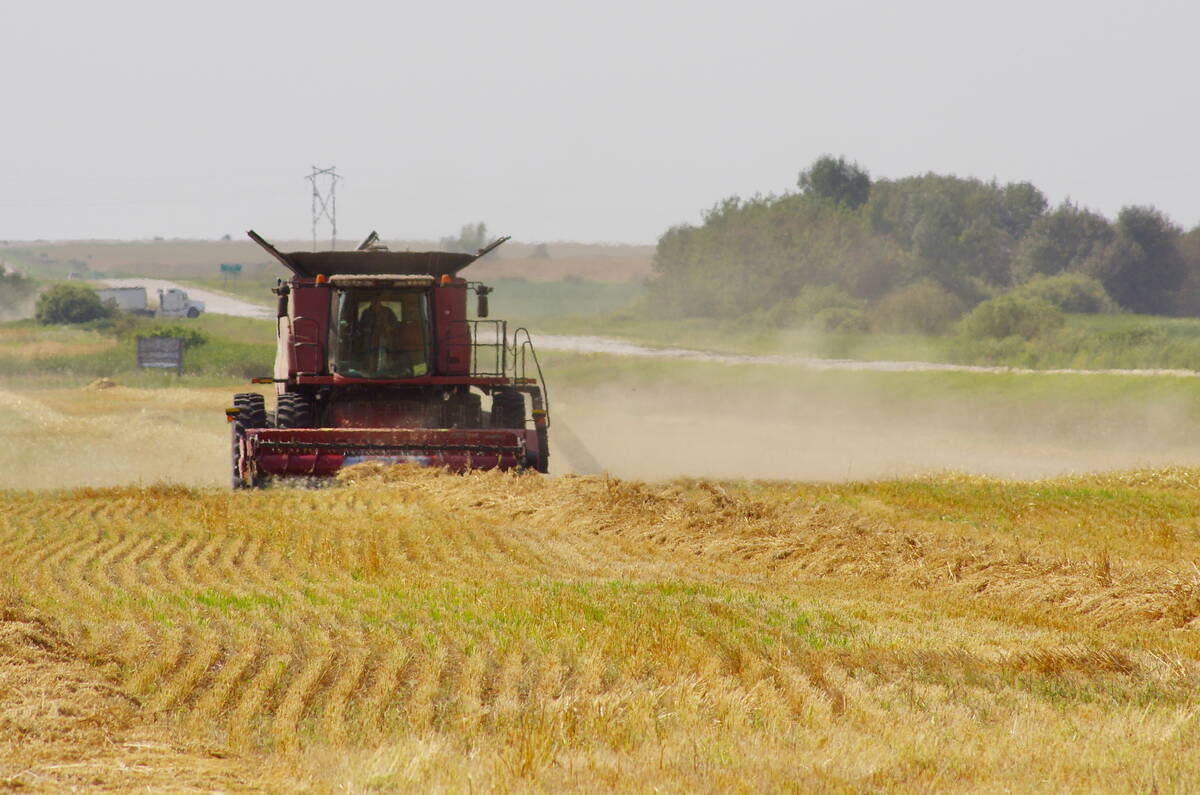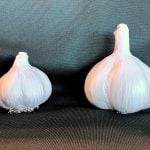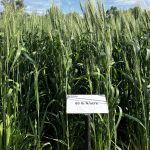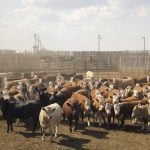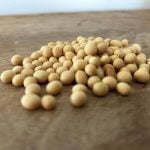Farmers across Manitoba this fall are gearing up for the latest salvo in what, for many, has become a longtime battle to beat out wild oats.
Escapes of the tenacious weed were back in grain fields this year, despite the annual spring and in-season efforts to blitz spray them out of existence.
WHY IT MATTERS: Wild oats may not carry the red alert alarm of new noxious weeds like waterhemp, but they’re a widespread weed headache well known for shaking off chemical controls.
Read Also

Manitoba trials work toward drone spraying approvals
Canada’s PMRA says pesticides need drone-specific labels before drone spraying can take off; Manitoba crop trials are adding data towards that approvals process.
“The single biggest issue with wild oats is resistance,” said Manitoba Agriculture weed specialist Kim Brown. “If we lose …our ability to use Group 1 and Group 2 because of resistance, you have no in-crop products left.”
That double resistance is becoming distressingly common.
Between 2019 and 2023, Agriculture and Agri-Food Canada and provincial ag departments embarked on an effort to measure herbicide resistance levels on the Prairies. In 2022, that survey came to Manitoba as part of a larger study of weed abundance across the province.
The resistance survey involved gathering, planting and spraying grass weed seeds with Group 1 and 2 herbicides. All the wild oats in the 155 fields surveyed for resistance turned out to be resistant to Group 1, and 82 per cent were resistant to both Groups 1 and 2.
Across all studied fields (over 700 across the province) that equated to 37 per cent of fields found with wild oats resistant to Group 1. Thirty per cent had Group 2 resistant wild oats, and 30 per cent had wild oats that were resistant to both.
Those doubly resistant populations were widespread across Manitoba’s regions. They were in the northwest and the southwest, scattered through central Manitoba and up into the Interlake.
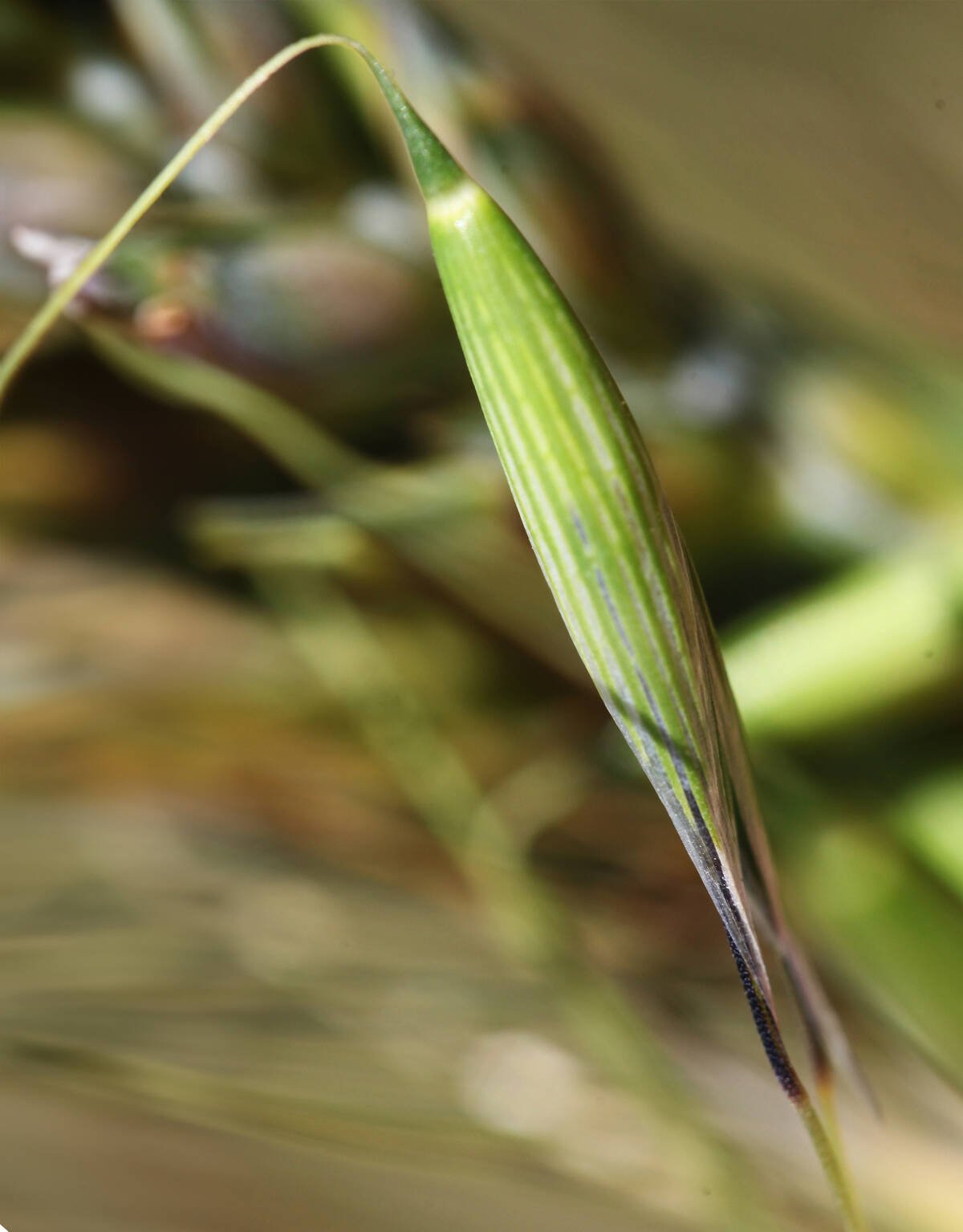
The pattern is consistent across the region, said Charles Geddes, a national research scientist in weed ecology and cropping systems based in Lethbridge, and one of the names attached to the 2022 survey.
“We tend to see a similar story across the Prairies, where Group 1 resistance is by far the most abundant wild oat, and Group 2 resistance has been increasing, especially in recent decades,” he said.
Resistance rates climbing
The increase in Group 2 resistance stems from farmers switching herbicide modes of action when they discover Group 1 resistance, Geddes added.
“When many farmers find out that they have Group 1 resistance, they usually just switch over to relying on a Group 2, and that places greater selection pressure on that mode of action,” he said.
Adding to farmers’ concerns is emerging Group 15 resistance, which affects products like Avadex. The last assessment of Group 15 resistance across the Prairies, conducted between 2007 and 2009, found it in six per cent of surveyed fields.
Given increased reliance on these products due to Group 1 and 2 resistance, Geddes said it’s safe to assume that it has likely increased.
Wild oat weather
This year’s spring conditions may have contributed to a high level of weed escapes, including dry weather and windy days, Brown said. As such, some of those weeds might have dodged the spring burn off and many in-season applications.
“I think maybe a lot of weeds were not up yet … the sprays got put on, and then we started getting some rains in mid-summer,” she said.
Geddes agreed that weather conditions affect herbicide efficacy.
“In order for herbicides to have their intended activity on weeds in general, those weeds need to be actively growing,” he said. “The good news is that it also means there’s a greater likelihood that those survivors are susceptible, and not just those resistant.”
Farming with resistance
For farmers facing resistance issues, there are both proactive and reactive management strategies. One of these, Geddes said, is resistance testing.
“It’s one thing to assume that the population’s resistant because you had herbicide failure in the past, but resistance in wild oats can get complicated really quickly, and resistance testing kind of helps you understand what you’re dealing with,” he said.
With wild oats being primarily a self-seeding species, resistance patterns can vary significantly between neighbouring fields. Multiple resistance mechanisms can also create variable patterns of cross-resistance within herbicide groups.
“You may have resistance to, say, some Group 1 herbicides, but not others, and that means that there, you might still have some level of control from those remaining options,” Geddes said.
Management strategies hinge on reducing wild oat seeds returning to the ground. That could be a more diverse crop rotation, opening up more herbicide options, increasing seeding rates to boost crop competitiveness, or changing things up to include a winter annual or silage crop that is harvested early to disrupt the weeds’ lifecycle.
But most strategies on the list are for next year. Research suggests 60 to 70 per cent of wild oats seeds shatter from the plant and land on soil before spring wheat harvest, limiting the effectiveness of harvest weed seed control methods, Geddes said.
Fall is generally not the time to worry about wild oat control, since they’re annuals that have already set seed, Brown said.
“This is a time to evaluate and say, ‘okay, why did we have such an issue?’”
Wild oats present unique challenges
For non-chemical fall management of other weeds, Brown suggested tillage and potentially cover crops, depending on moisture conditions and the length of the fall growing season.
“Tillage, and the right kind of tillage at the right time, is … a really, really good tool,” she said.
The Manitoba resistance survey was last conducted in 2022, with the next survey planned for 2026, continuing on a five-year cycle to track the progression of resistance across the province, Geddes said.


